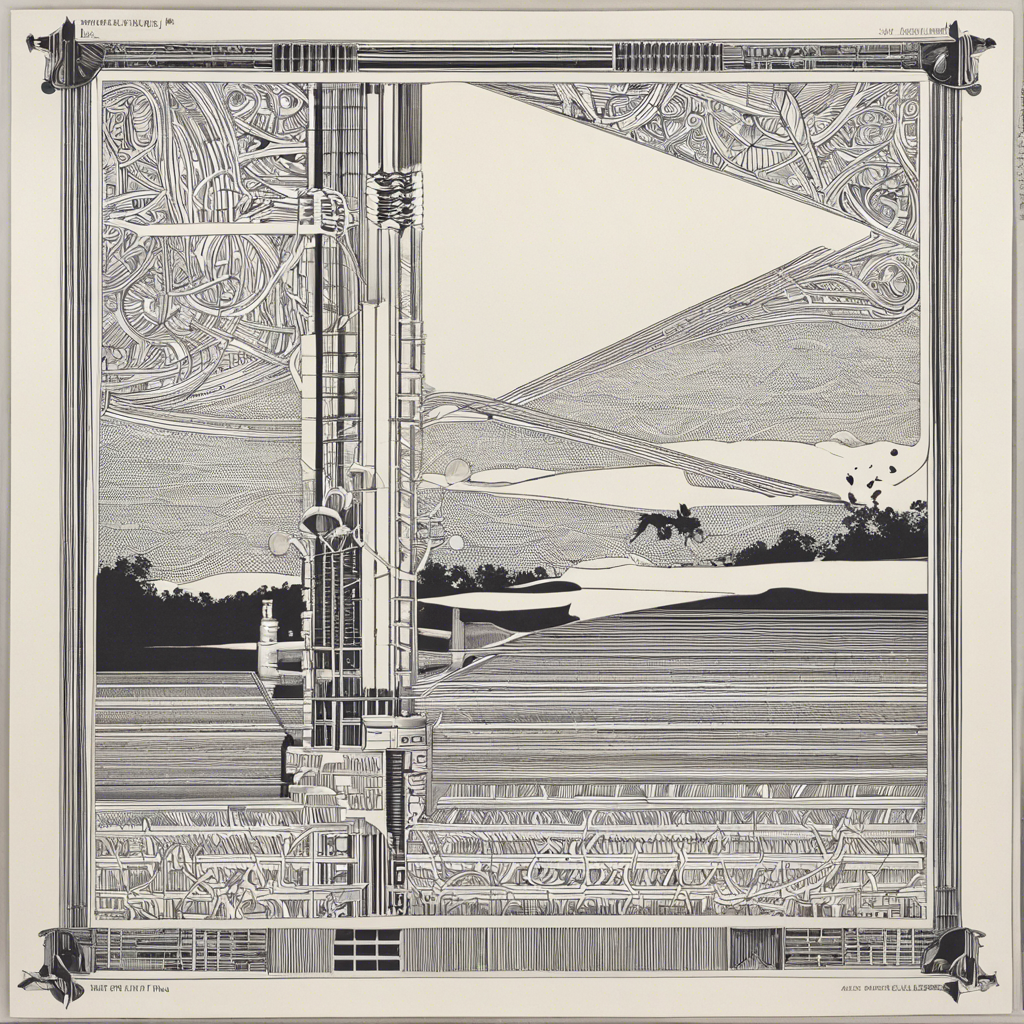Dinosaurs have always been a fascinating subject for people of all ages. These ancient creatures have captured our imaginations for centuries, and as a result, there have been numerous depictions of what we think they may have looked like. However, the truth is, we may never know exactly what dinosaurs really looked like.
Our understanding of dinosaurs has evolved greatly over the years, thanks to scientific discoveries and advancements in technology. While we have a general idea of what these creatures may have looked like, there are still many unanswered questions. So, what did dinosaurs really look like?
First and foremost, it’s important to understand that dinosaurs were an incredibly diverse group of animals. They varied greatly in size, shape, and appearance, with some being as small as chickens and others as large as buildings. Therefore, it’s impossible to pinpoint one specific physical appearance for all dinosaurs.
One of the biggest challenges in determining the appearance of dinosaurs is the lack of soft tissue preservation. Fossilization occurs when minerals replace the original organic material of an organism, resulting in a stone-like representation of the animal’s bones. Soft tissues, such as skin, muscle, and feathers, do not fossilize easily, making it difficult to determine their exact appearance.
Despite this, scientists have been able to make educated guesses about the appearance of some dinosaurs based on the structure and shape of their bones. For example, large, heavy bones with thick, strong muscle attachments suggest a powerful and robust animal, while lightweight bones with thin muscle attachments indicate a smaller and more agile creature.
Another important aspect to consider when discussing the appearance of dinosaurs is their environment. The climate and landscape of the time greatly influenced the physical appearance of these animals. For instance, dinosaurs living in hot, arid environments may have had scales or plates to protect them from the heat, while those living in colder climates may have had feathers for insulation.
In recent years, the discovery of dinosaur feathers has changed our perception of these ancient creatures. While it was once believed that all dinosaurs were scaly, we now know that many species were covered in feathers. These feathers were not necessarily used for flight, but rather for insulation, display, and possibly even camouflage.
Paleontologists have also used modern-day animals to make assumptions about the appearance of dinosaurs. For example, some dinosaurs have been depicted with colorful and elaborate patterns, similar to those found in modern-day birds and reptiles. This is not to say that dinosaurs were exactly like birds or reptiles, but rather that they may have shared similar features and behaviors.
Lastly, it’s important to note that our perception of dinosaurs has been greatly influenced by popular culture. Movies, television shows, and books often depict dinosaurs in a certain way, which may not always be accurate. For instance, the iconic image of a T-rex with its mouth agape and its tiny arms is based on limited fossil evidence and artistic interpretation. In reality, we may never know the exact proportions and features of these creatures.
In conclusion, what did dinosaurs really look like? The truth is, we may never know for sure. Our understanding of these ancient creatures is constantly evolving, and with new discoveries and advancements in technology, we may one day have a more accurate depiction of what they looked like. However, for now, it’s safe to say that dinosaurs were a diverse group of animals with a wide range of physical characteristics, and we can only continue to imagine and learn about these incredible creatures from the past.
